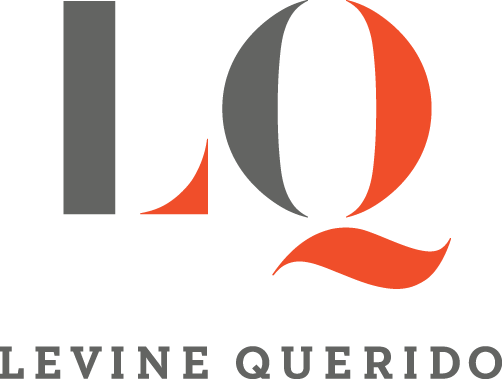Representation, YA, and Elatsoe
by André-Naquian Wheeler
A Q&A Between Darcie Little Badger and André-Naquian Wheeler
This year, I’ve spent a lot of time wishing magic were real. Elatsoe by Darcie Little Badger powerfully delivered that wish fulfillment. The novel beautifully combines a magical realist landscape with the emotionally ripe story of a 17-year-old, asexual, Lipan Apache girl fighting to achieve justice for a family member’s death. It’s the read we all need in a time when the micro and the macro seem to be converging in powerful, and unprecedented, ways.
Here, Darcie Little Badger spoke to me about seeking out asexual representation growing up, the theme of justice in her work, and pandemic productivity.
André-Naquian Wheeler: How did the story of Elatsoe come to you?
Darcie Little Badger: It really started out with this question: How would the world be different if the ghosts of animals roamed the Earth? And how cool would it be to have a ghost dog who could both play fetch and do supernatural tricks? Elatsoe has the power to wake the ghosts of animals, but in her world, there’s also magic and monsters. I first started exploring the ghost animal concept in short stories I wrote as a teenager (for example, in one story, a bunch of kids explore a house that’s haunted by the ghost of a sassy parrot), but I actually sat down and wrote the novel in six months — between leaving grad school and getting my job as a scientific editor.
AW: Elatsoe is asexual, an identity that still does not get enough representation. What did you want to highlight about the asexual community through her?
DLB: It’s rare to see asexual characters in general. And when they do appear, they tend to fall into certain categories. Like, they’re robotic or they’re trying to come to terms with their asexuality, and that’s the entire focus of the book. I wanted to write a fantasy adventure with an asexual main character ‘cause I myself am asexual, and I’m getting married to another asexual Native, and we’re both big nerds who play tabletop roleplaying games on the weekend. So, we’re out there!
AW: Did you have any books to feed and shape your asexual identity growing up?
DLB: [Laughs] I actually can’t think of any! But that’s something I’m doing now. I’m always looking for new books to read, and I wonder if part of that is me making up for this hole in my past where I didn’t get the representation I was looking for.
AW: Did you ever worry whether a character like Elatsoe would have wide appeal for readers? I feel, as marginalized writers, we unfairly worry if our stories carry a “universality.”
DLB: It is unfair! Growing up, I read about all sorts of different people — but I never read about a Lipan Apache specifically. That said, I still felt a connection to many characters. I do think sometimes it’s really interesting to read about experiences that are different than yours. Plus, the human condition, and certain shared elements of our experiences, bind us together.
AW: If you had to recommend one YA book for everyone to read right now, what would you recommend?
DLB: I read a lot of horror, which I don’t really feel is the most productive thing to recommend right now. But one great book I recently read is Mooncakes, created by Wendy Xu and Suzanne Walker. It’s a fantasy about a witch named Nova Huang and the werewolf she tries to protect (and loves? - you gotta read to find out!). To me, this graphic novel was like drinking a warm cup of tea. Comforting and magical. The art has a warm, captivating quality.
AW: How’s your creativity holding up right now?
DLB: I’m actually working on my next book! I’ve found that when it comes to writing, it’s always this separate realm for me that’s an escape from real life. So I haven’t felt like my productivity has increased or lowered, despite all that’s happened this year.

